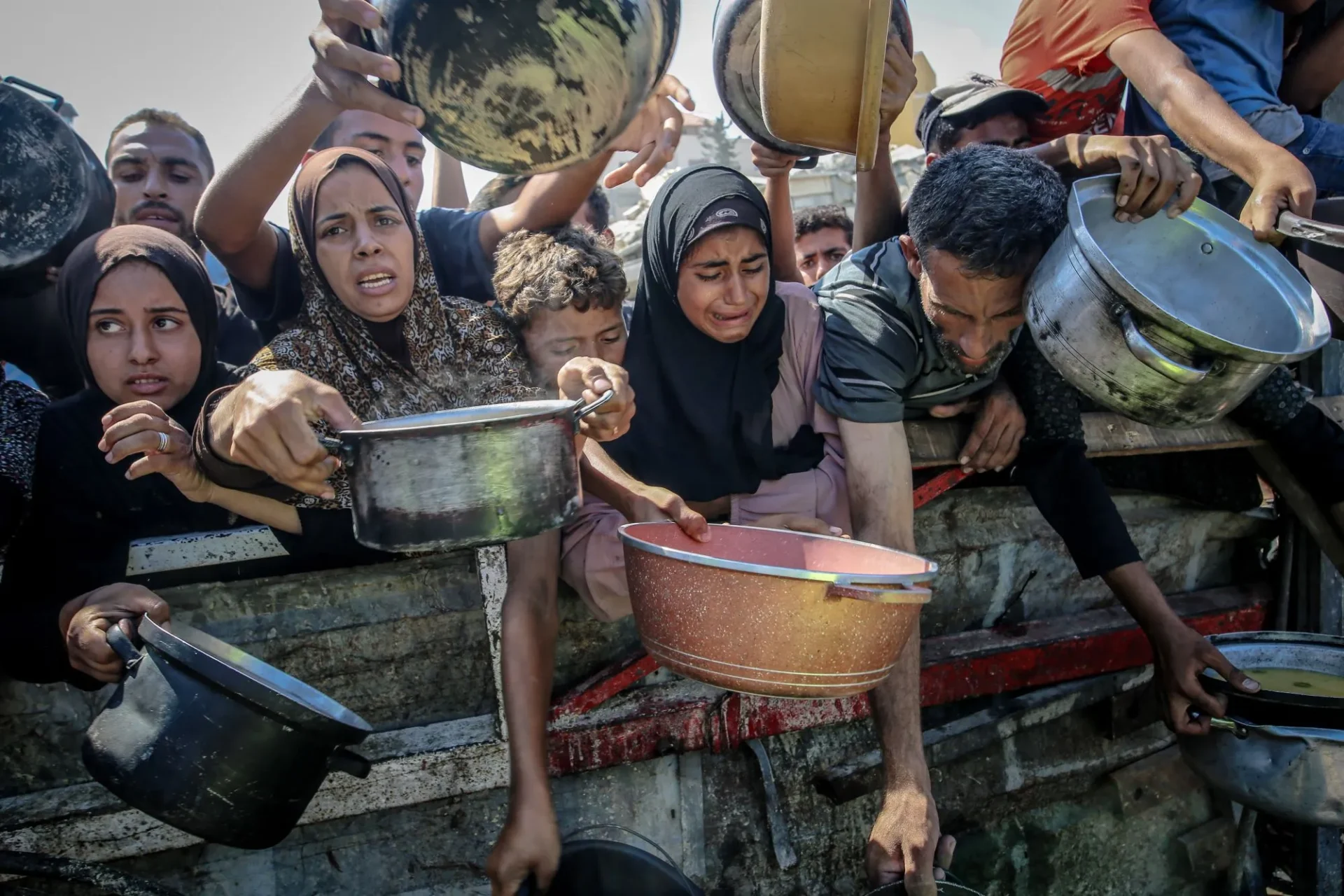The Famine Review Committee (FRC) has officially declared famine (IPC Phase 5) in the Gaza Governorate, one of the rare instances worldwide where such a classification has been issued. The crisis is expected to spread to Deir al-Balah and Khan Younis by the end of September. More than half a million people in Gaza are already facing catastrophic conditions marked by starvation, destitution, and death.
Action Against Hunger warns the situation is deteriorating rapidly. Its teams are reporting the highest number of severe acute malnutrition cases since launching nutrition programmes in Gaza in 2024, particularly among pregnant and breastfeeding women and children under five.
“Pregnant and breastfeeding women face double the risk: exhausted bodies, harsh hunger, and a severe lack of essential health and nutrition support.”
Escalating Malnutrition
In July and August alone, Action Against Hunger nutrition teams have received more than 400 cases of malnourished children, 20 per cent of them severe. UN and INGO data show thousands of new cases each month.
- In May, 5,119 children under five were admitted for acute malnutrition, a 148 per cent rise since February.
- Admissions surged to 6,500 in June, the highest since October 2023, with over 5,000 more in just the first two weeks of July.
- The FRC projects that by June 2026, 132,000 children under five will be at risk of death, including more than 41,000 severe cases.
An Action Against Hunger staff member in Gaza, said:
“It is important to note that many families do not have the resources to arrive at humanitarian nutrition sites to receive treatment. Also, there is a lack of nutrition supplies, hindering the capacity to treat such cases in a timely manner. We also noted that many breastfeeding and pregnant mothers suffer from malnutrition themselves.”
Vincent Stehli, Head of Operations at Action Against Hunger, said:
“As a result of nearly two years of continued forcible transfer, airstrikes, and continuous disrupted and little access to food and water, Gaza’s entire population has been compelled to rely on humanitarian food aid as a primary source of sustenance, with an increasing number of extreme vulnerability under the mothers and their children that are undernourished”
“The current entry of aid is alarmingly insufficient in the face of widespread and rapidly increasing famine.”
Local food production has collapsed, with only 1.5 per cent of Gaza’s cropland accessible and undamaged. Food prices have risen 4,000 per cent compared to pre-October 2023, making basic goods unaffordable. Shelter conditions are dire, and further displacement from Gaza City threatens to overwhelm the humanitarian system.
Action Against Hunger urgently calls for a permanent ceasefire, the unconditional release of all hostages, and full, large-scale, and sustained access for humanitarian actors. Only through coordinated and unhindered efforts can we deliver the necessary response to avert further loss of life in Gaza.
Testimonies from Gaza
“I have a family of seven. The last time we had a real full meal was two weeks ago. It was fish.” Palestinian in Deir al Balah.
“The last time we had a real meal was during the temporary ceasefire. But nowadays we only eat pasta or bread.” Palestinian in Deir al Balah.
“I have two kids and a wife. The last time we had a meal, which was an eggplant salad, was fifteen days ago. It was a blessing. I got eggplant and tahini sauce, and me and my wife made it for all four of us.” Palestinian in Deir al Balah.


